Jerry stands tall as a performance analyst who puts heart and soul into badminton
PETALING JAYA: Jeremy Gan was almost a household name in badminton, winning the world junior championships in 1996 and Asian junior championships in 1997 with partner Chan Chong Ming before turning into coaching.
But his younger brother Jerry has chosen a different path but he has no regrets.
Jerry has been a man behind much of Malaysia’s national badminton team over more than a decade – not on court but in dealing with codes.
He switched his racquet for a computer and had provided valuable data as the team’s performance analyst for the last 15 years.
He was one of the support staff behind the victories of former internationals Lee Chong Wei, Koo Kien Keat-Tan Boon Heong, Goh V Shem-Tan Wee Kiong and the current batch of players like Aaron Chia-Soh Wooi Yik, Lee Zii Jia, Pearly Tan-M. Thinaah, to mention just a few.
Jerry, a National Sports Institute (NSI) staff member, is now focusing on table tennis and squash but he is still keen on doing more research and studies into badminton with the experience he has had in the sport for the benefit of future generations.
Jerry’s passion for badminton started at a young age but his career did not take off while Jeremy won the world junior title and moved on to successful coaching stints with Malaysia and Japan.

“I started playing badminton when I was six and even represented Melaka at the age of 10-18 (in doubles) but I did not manage to get into the national team,” said Jerry.
But his sports science degree from Universiti Malaya paved the way for Jerry to join NSI in 2009 under chief operating officer Datuk Dr Ramlan Aziz.
“My brother Jeremy was the mixed doubles coach in BAM (Badminton Association of Malaysia) then and NSI were looking for a sports science graduate who had the knowledge in badminton to become their performance analyst… it was a perfect match,” he said.
“I was hired but I started with squash first and later on, I was attached with the junior team for badminton,” he said.
So what kind of magic does Jerry weave with numbers and data?
“As a performance analyst, I record the players’ matches and their future opponents too. Then I study and analyse the videos based on the variables that the coaches and I feel are important to look at,” he said.
“I compile the data and provide the necessary information to the players and coaches.
“After tournaments, we also look back at the players’ performances and try to find out the reasons for the win or defeat. With that data, we will then iron out their weaknesses and strengthen their strong points.”
Jerry has worked with three different generations of players now but believes all were distinct in their characters and abilities.

“All of them had their own specialties. The first batch that included Chong Wei were already at a very top level when I joined,” he said.
“Koo Kien Keat and Tan Boon Heong were a bit down in early 2010 but our team managed to get them back on track. They won a silver medal at the world championships (in Paris), Guangzhou Asian Games and 2011 All-England but missed out on winning a medal at the London Olympics.
“I was quite new then but coaches Datuk Misbun Sidek, Rexy Mainaky and Pang Cheh Chang gave full cooperation and understood my job.

“I learnt and grew as well – from a state player to one who was able to analyse games at top badminton level.
Jerry said the second batch that included Olympic Games silver medal winners Chong Wei and V Shem-Wee Kiong, Chan Peng Soon-Goh Liu Ying (mixed doubles), Glasgow Commonwealth Games gold medal winners Vivian Hoo-Woon Khe Wei, Goh Soon Huat-Shevon Lai Jemie and Tan Kian Meng-Lai Pei Jing – all of whom were ranked in the world’s top 10 – willingly embraced sports science.
“Most of them were younger than me. They respected my role and made it easier for me to work with them,” said Jerry.
“They trusted my analysis and views of the matches and felt that the data I provided could help them win matches.”

He emphasised again the importance of coaches’ role and was glad that Hendrawan, Tey Seu Bock, Jeremy, Rosman Razak, Chin Eei Hui and Wong Pei Tty understood the needs of the scientific approach.
“I really can’t thank them enough for that, we worked well as a team.”
The third batch included world champions Aaron- Wooi Yik, Zii Jia, Pearly-Thinaah and Chen Tang Jie-Toh Ee Wei.
“All of them were much younger and treated me like a big brother. They always came to me, asking for my opinion, which I believed helped them to improve.
“There are just so many sweet memories. There were tough times and proud moments. I’m glad I was able to share my expertise and be part of the team.”
While collecting the data can be tiring, tedious, boring and even painstaking at times – Jerry had to repeatedly watch and analyse videos – the process had brought him joy.
“I’m very passionate about players winning matches or tournaments. It gives me joy and satisfaction, and makes up for the many sleepless nights that I have to go through to prepare the video and data analysis.
“If they win, I will be very happy too and when they lose, I will feel their sadness as well.
Is there a future in badminton?
“It is the most loved and watched sport in Malaysia. I believe with a more advanced sports science approach, this sport, and others too, will continue to grow.”
And if there’s a cheat code to bring back badminton success for Malaysia, Jerry may be the one to find it.


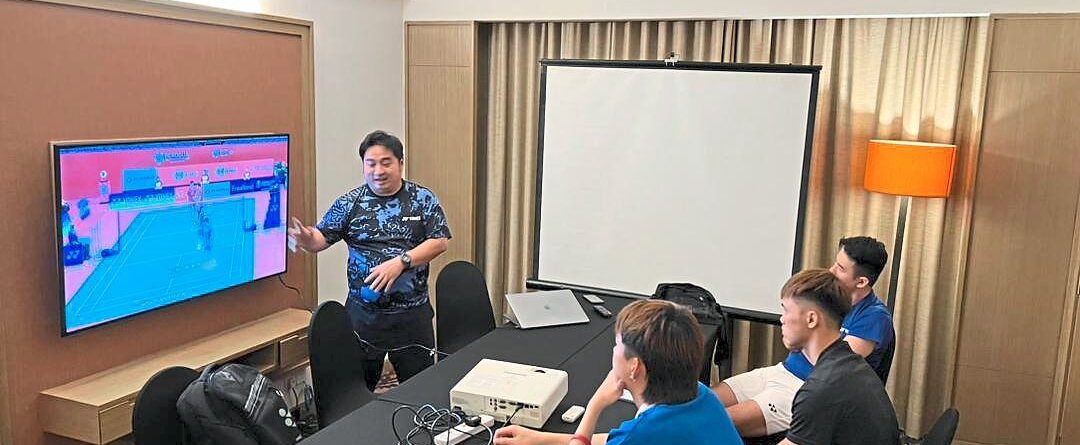

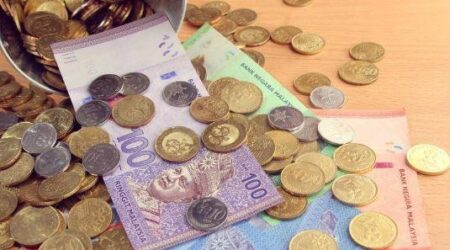



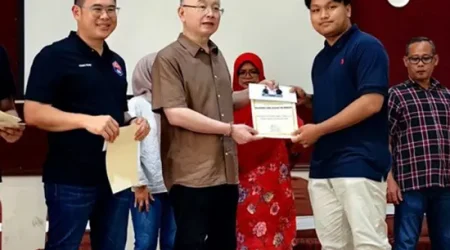
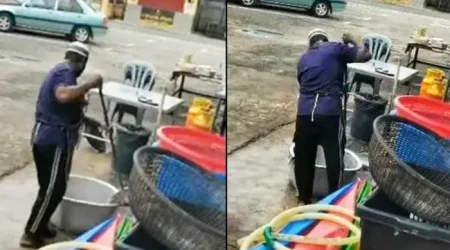
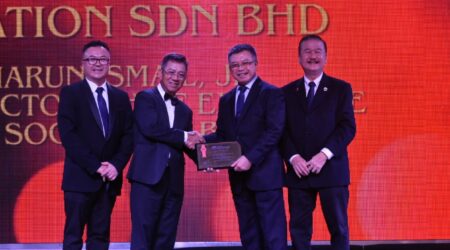


Leave a Reply